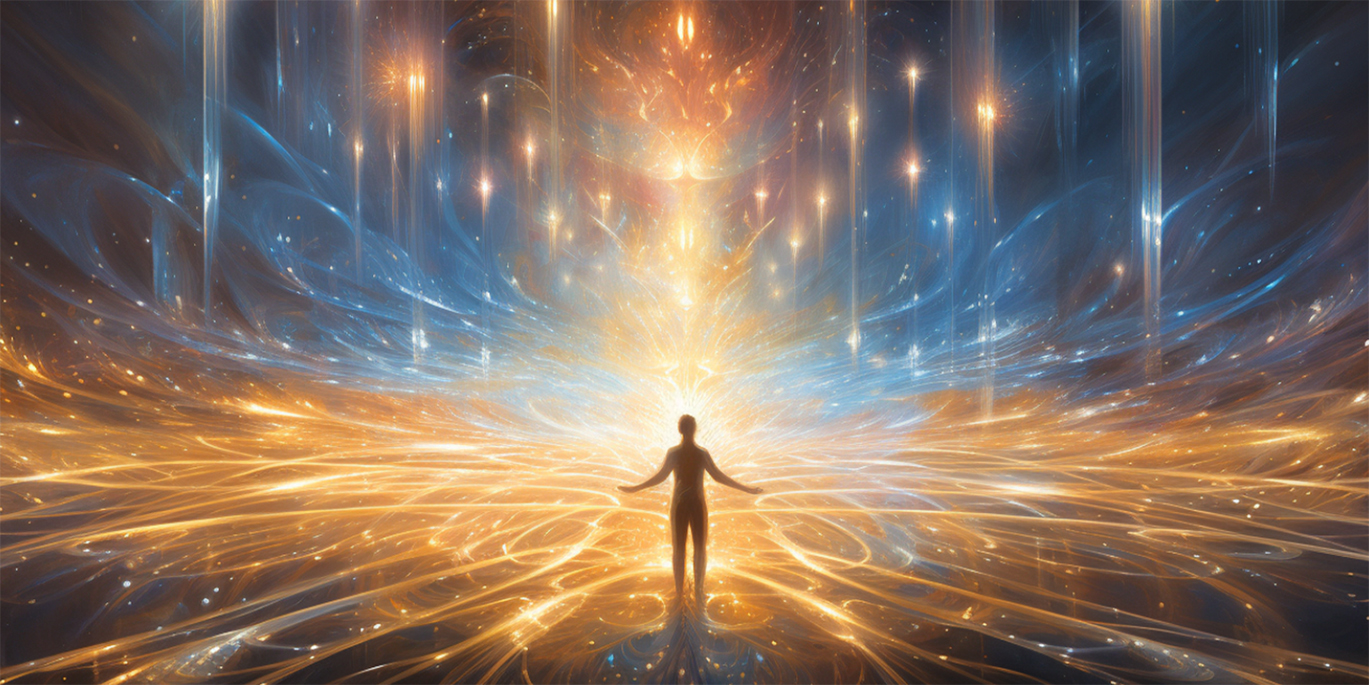What is Energy Healing?
Types, Popularity, and The Science Behind

Energy healing is a holistic practice that aims to balance and harmonize the energy flow within the human body, promoting physical, emotional, and spiritual well-being. It's based on the premise that we are all interconnected with a universal energy field, and disruptions in this field can manifest as illness or imbalance. While it's often considered complementary to conventional medicine, it's gained significant popularity as people seek natural and integrative approaches to health.
Defining Energy Healing
At its core, energy healing works on the principle that the body has an inherent ability to self-heal. Practitioners act as facilitators, using various techniques to clear blockages, restore balance, and activate the body's natural healing processes. They believe that physical, emotional, and mental issues are often rooted in energy imbalances.
Types of Energy Healing and Their Popularity
Here are some of the most common types of energy healing:
Reiki:
- A Japanese technique where the practitioner channels universal life force energy into the recipient through gentle touch or hovering hands.
- Popularity: Very popular, widely available, and relatively easy to learn.
Qigong:
- A traditional Chinese practice involving gentle movements, meditation, and breathing exercises to cultivate and balance Qi (life force energy).
- Popularity: Growing in popularity, often integrated into fitness and wellness programs.
Acupuncture/Acupressure:
- Based on traditional Chinese medicine, these techniques involve stimulating specific points on the body (acupuncture with needles, acupressure with finger pressure) to release energy blockages.
- Popularity: Well-established and widely recognized, often covered by insurance.
Therapeutic Touch:
- A nursing-based practice where the practitioner uses their hands to assess and modulate the recipient's energy field without physical touch.
- Popularity: Used in some healthcare settings and gaining acceptance in certain nursing communities.
Crystal Healing:
- Involves using crystals and stones, each believed to have unique energetic properties, to promote healing and balance.
- Popularity: very popular in the general public, and within the new age community.
Sound Healing:
- Uses sound vibrations from instruments like singing bowls, tuning forks, and gongs to harmonize the body's energy.
- Popularity: Growing in popularity, often used in meditation and relaxation practices.
A Simple Touch of Quantum Theory
While energy healing might seem mystical, it aligns with some fundamental concepts in quantum physics. Quantum theory suggests that:
Everything is Energy: At the subatomic level, matter is not solid but rather a field of energy. This supports the idea that we are all interconnected by energy.
Observation Affects Reality: The observer's consciousness can influence the outcome of quantum experiments. This hints at the power of intention and belief in healing.
Non-Locality: Quantum entanglement demonstrates that particles can influence each other instantaneously, regardless of distance. This suggests that energy fields can connect and interact in ways we don't fully understand.
It's important to note that quantum physics is a complex and evolving field, and the connection to energy healing is still being explored. However, it provides a fascinating framework for understanding how energy might play a role in our health and well-being.
Conclusion
Energy healing offers a valuable approach to holistic health, addressing the interconnectedness of mind, body, and spirit. While it may not replace conventional medicine, it can be a powerful complementary tool for promoting well-being. As we continue to explore the nature of energy and consciousness, we may discover even more profound insights into the body's innate healing abilities.